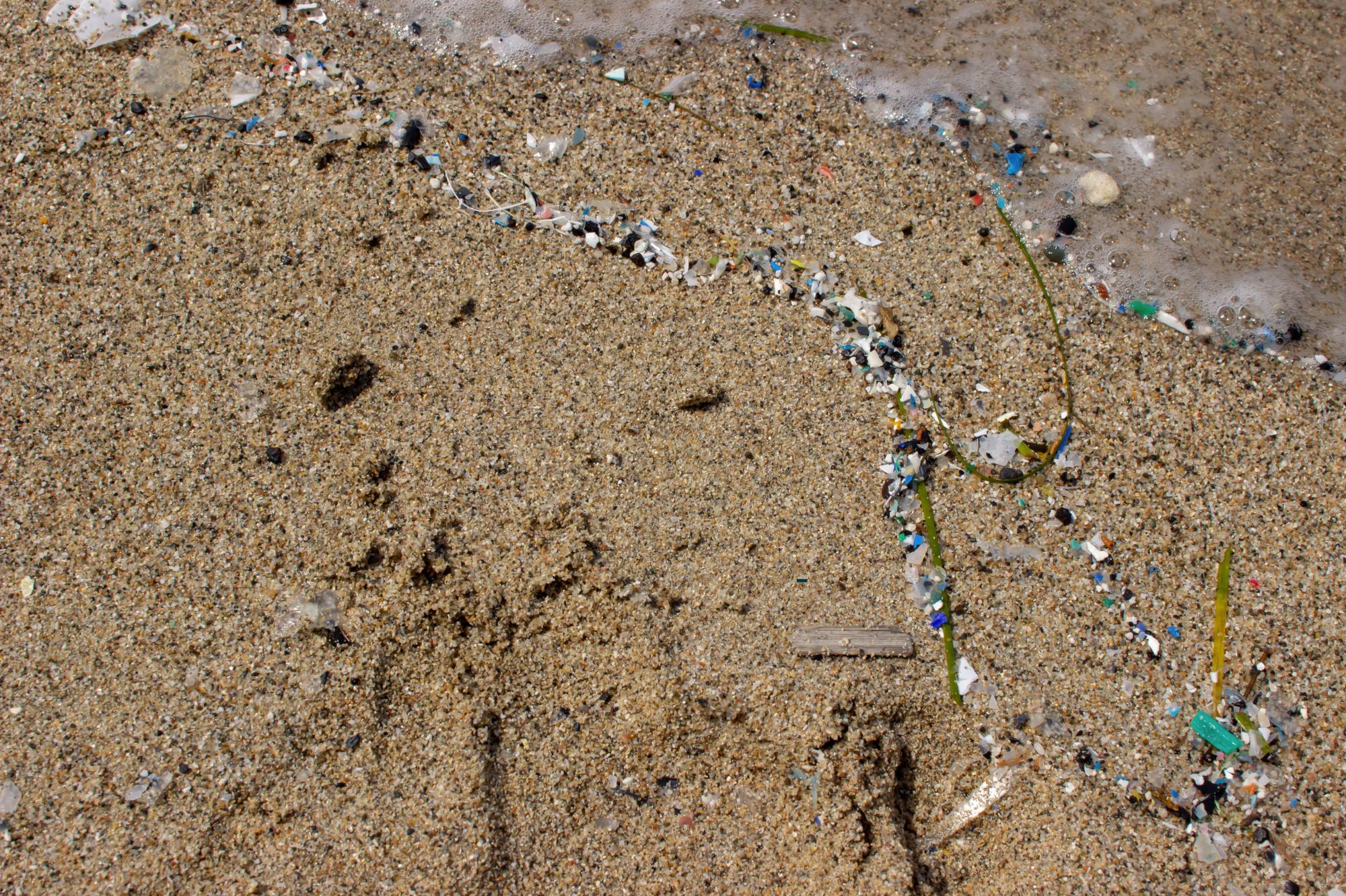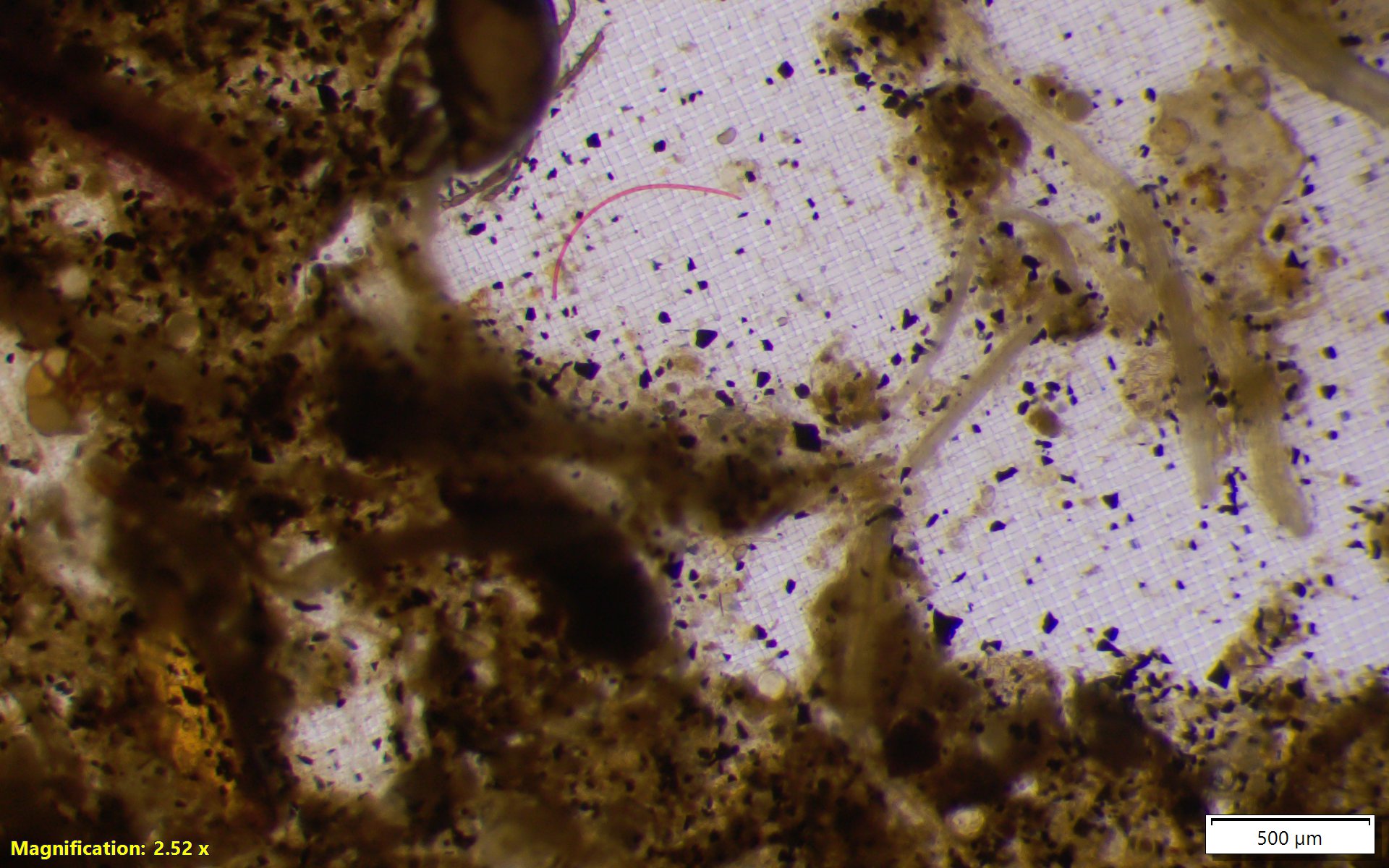Story
Existing research may have underestimated the scale of microplastic pollution, study finds
03 April 2025
A new study suggests that existing research may have considerably underestimated the scale of microplastic pollution, as a result of laboratory extraction processes falling short of recovering certain types of plastic particles from environments.

Accurate reporting of microplastic concentrations is crucial for monitoring the scale and impact of these pollutants in our environment, however, the process of extracting microplastics from complex environments – such as soils and sediments – is challenging.
Numerous methods have been published to facilitate microplastic extraction from such environments, but unfortunately, most lack thorough validation to ensure they reliably recover these tiny pollutants.
Hayley McIlwraith – PhD researcher with Plymouth Marine Laboratory and the University of East Anglia – has led a new study investigating just how robust these extraction methods are. She explains why it is important to get this right:
“The stakes of reliably quantifying microplastics are high. We need robust and validated methods to monitor plastic pollution, because we need to understand the true scale of the issue if we are to develop real and effective solutions. This is especially relevant as negotiations continue with the Global Plastics Treaty, and countries will be implementing their own plastic pollution monitoring programmes.”
Co-authors of the study include PML’s Professor Pennie Lindeque and Dr Matthew Cole, highly-cited scientists on the issue of plastic pollution, in addition to Associate Professor Trevor J. Tolhurst of the University of East Anglia.
To illustrate the challenges of microplastic extraction, the study focused on saltmarsh sediments, a notoriously difficult matrix in which to recover microplastics due to its fine particles and high organic content.
Researchers used ‘recovery rate tests’ by spiking sediment with known amounts of microplastics. They focused on four common types: polypropylene fragments, polyethylene films, polyamide fibers, and polyester fibers (ranging from 0.18 to 1.0 mm in size) and tested existing methods used to extract microplastics from sediments. The study found that, although many methods were effective at removing sand and detritus, a recurring problem was the incomplete recovery of fibers, which could lead to an underrepresentation of certain microplastics in environmental assessments.
Hayley commented:
“We often found that fibers weren’t fully recovered, which means these types of microplastics might be missed in environmental analyses. To really understand the level of microplastic pollution in complex environments, experiments need to mimic real-world conditions and check how well these particles are extracted from samples.”

Image caption: a red plastic fiber recovered in the experiments
“Without environmentally realistic recovery rate experiments – tests that determine how much of the microplastics are actually retrieved – researchers risk underestimating the scale of the problem.”
“The validation of microplastic recovery is not just a technical detail—it’s a necessity for the credibility of environmental monitoring and the formulation of effective regulatory responses.”
By identifying the stages where particle loss occurred, the team refined methods to improve recovery rates. Methods achieving over 50% recovery were further optimised for consistency and precision across all microplastic types.
Hayley commented:
“While a one-size-fits-all solution may not be feasible due to the varied nature of environmental samples, the call for harmonized recovery rate tests stands out as a critical step forward. As governments and environmental agencies work to mitigate the impact of plastic pollution, scientifically robust methods will be essential for evaluating risk, guiding policy, and ultimately protecting ecosystems.”
Access the full study: ‘Positive controls with representative materials are essential for the advancement of microplastics research’ >>
